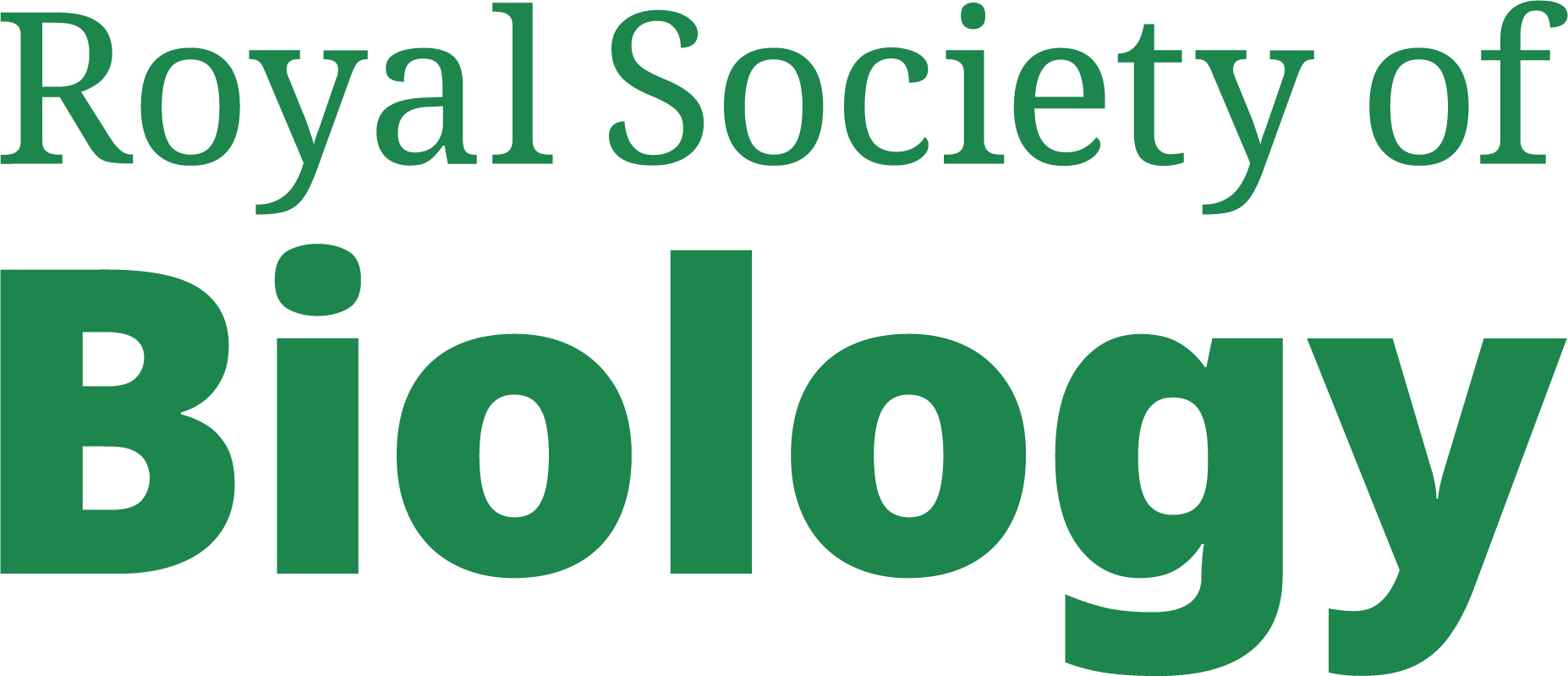Animal Science Meeting 2016 Report
The 2016 Animal Science Meeting focused on four diverse topics covering: the outlook as the UK prepares to leave the EU; re-use of animals in regulated procedures; online project licence applications (ASPeL) and actual severity assessment of scientific procedures.
The 14th Animal Science Meeting was jointly hosted by the Royal Society of Biology and the Animals in Science Regulation Unit (ASRU) of the Home Office on Friday 9th December 2016. As in previous years the meeting brought together Home Office staff and a cross-section of stakeholders from around the country.
The morning session was chaired by the Head of ASRU and was divided into three topics.
In the first session of the day Wendy Jarrett, Chief Executive of Understanding Animal Research, provided reflections on the European Commission's Conference, "Non-animal approaches: the way forward" which had taken place just two days before in Brussels on the 6th and 7th December. This Conference, organised as part of the Commission's response to the European Citizen's Initiative "Stop Vivisection", brought together scientists, funders, publishers and animal welfare organisations to discuss the development of non-animal technologies in the life sciences.
Following this presentation, the Head of Policy at ASRU summarised some of the key considerations as the UK prepares to leave the EU and emphasised the need to seize opportunities where they arise. The talk emphasised government's continued commitment to science and provided assurance that an appropriate regulatory environment for research will take place in the UK.
The second topic of the morning featured presentations from one of ASRU's Inspectors and David Robb, Manager of Veterinary Services, Charles River Edinburgh who discussed the re-use of animals in regulated procedures. The inspector outlined the differences between UK regulation via ASPA and EU regulation stipulated by the Directive 2010/63EU and the need to consider the lifetime experience of an animal. Meanwhile David Robb described the decision making process followed by a large Contract Research Organisation (CRO), before exploring some worked examples with the audience.
In the final topic before lunch, the Head of ASRUs strategic operations spoke about the features of the new online Animals in Science e-licensing (ASPeL) project licence process. ASPeL allows a more modern and better user experience than the paper process and greater security for applicants. For ASRU there is the opportunity for better workflow management of the project licence applications progress, including statistical analysis and the ability to distribute work load more effectively. Following this presentation discussion was opened up to attendees, asking whether the project licence application process could be redesigned or re-engineered to be more efficient and user friendly. ASRU will be exploring this question further, commencing with stakeholder workshops in early 2017.
The afternoon session was chaired by Professor Nic Wells, Chair of the Animal Science Group. This session focused on Actual Severity Assessments and featured presentations from David Anderson, President of LASA; Maggie Lloyd, Director of Red Kite Veterinary Consultants and an Inspector from ASRU.
David Anderson opened the discussion with a presentation on the background to actual severity reporting, which was brought in with the implementation of Directive 2010/63EU. Reporting of actual severity offers scope for much greater openness and improved public understanding; however attention must be paid to achieving consistency in reporting to ensure that the statistics are trustworthy.
In this context Maggie Lloyd asked the audience where the major challenges in accurate assessment of actual severity lie. There was consensus in the audience that whilst one cannot ever be absolutely sure of the actual experience, established processes can help to ensure the accurate reporting. There was agreement from the assembled audience that both the establishment and the Animal Welfare and Ethical Review Body (AWERB) have a role to play in implementing these processes and in promoting best practice in reporting.
The inspector from ASRU addressed the issue from the perspective of the regulator in the final presentation of the day. This time the audience were asked to consider what more the Home Office could do to ensure the highest quality of reporting. Suggestions included producing a note of common errors from previous years and greater clarity in the requirements for reporting of non-procedural harms. In conclusion the perspective of the regulators was largely positive in communicating that, whilst improvements remain possible, UK statistics on actual severity are of good quality.
As in previous years this meeting offered an excellent opportunity to bring the sector together to examine current processes and share future plans for 2017.
For more information about the 2017 ASM, please contact: asg@rsb.org.uk
Page updated 17.11.17


